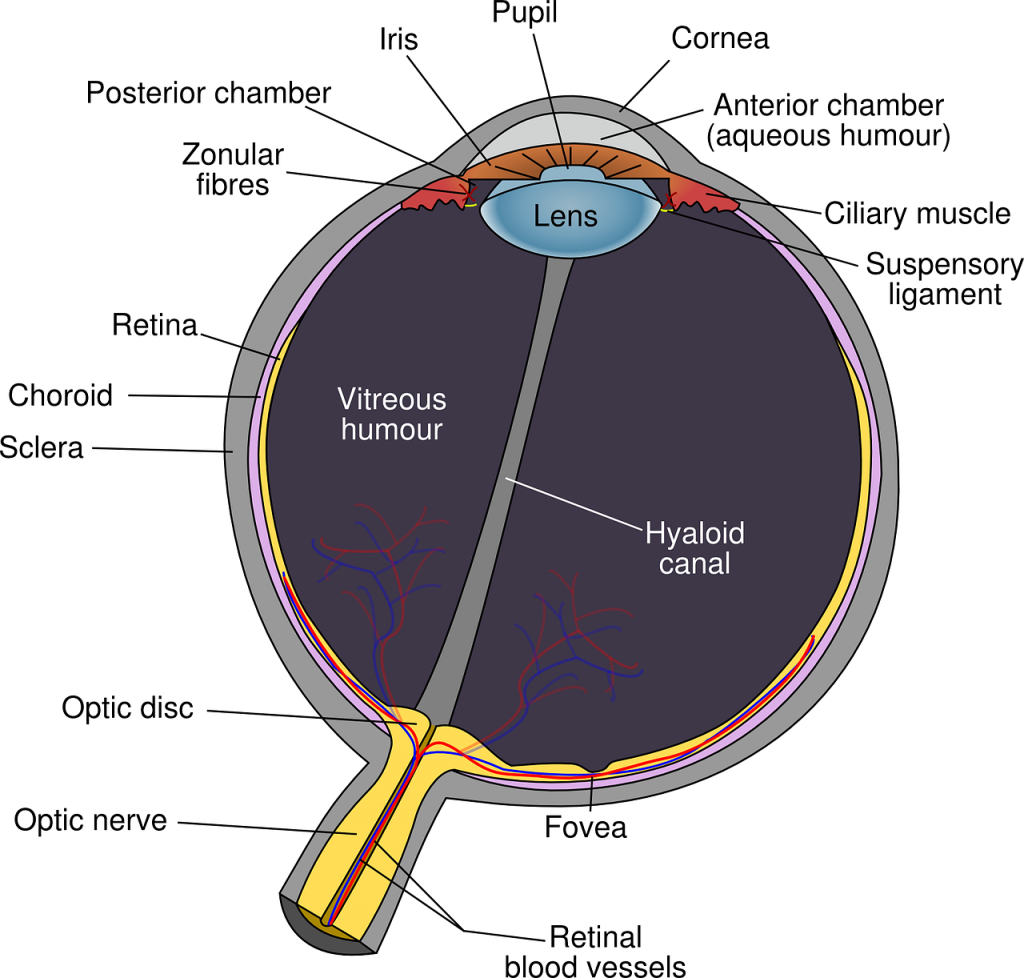Cataracts: What They Are, Who They Affect, And How We Deal With Them

Chances are, you know someone who’s had the infamous eye condition, cataracts.
Cataracts and cataract surgery are so common that most people have at least heard of them, but do you know what they actually are and what can be done about them?

Cataracts: What Are They?
The lens of your eye sits right behind your pupil, and is held in place by tiny fibers called ciliary muscles. And your lens is like an onion, it’s got a lot of layers to it.
A cataract occurs when, due to different factors (but most often time and old age), the layers of your lens become cloudy or murky, making it difficult to see through.
Because a cataract often forms gradually over time, many people do not notice the change in their vision until there is a significant difference.
Cataracts: What Causes Them?
While the majority of cataracts develop over time and with age, they don’t just affect just the elderly. There are lots of different factors and causes that make cataracts a possibility for any one of us. Check it out:
Congenital Issues:
Sometimes infants are born with cataracts. Whether this is due to issues in the womb or is simply a hereditary problem we don’t know for sure, but if a child’s vision is impaired enough, doctors will perform cataract surgery even when a child is very young.
Trauma:
Certain head or facial traumas can cause cataracts to develop within the eyes. Any blow that causes significant shock waves to move through the eye has the potential to bring on cataracts more quickly.
UV Exposure:
Though it won’t happen overnight, excessive or consistent UV exposure can cause cataracts to come on more quickly. If you’re a person who spends a lot of time outdoors, you may end up developing cataracts at a younger age than some. The possibility for premature cataracts is just one more reason to wear sunglasses or Transitions to protect your eyes from UV rays.
Steroid Use:
People who use steroids consistently or for long periods of time sometimes develop cataracts more quickly than others. If you are on steroid medications for rheumatoid arthritis, lupus, or other autoimmune diseases, you might find yourself dealing with cataracts at an earlier-than-average age.
Age:
Age is the most common and predictable cause of cataracts. If we live long enough, every one of us will develop cataracts at some point in our lives.
Cataracts: How Do We Deal With Them?
Monitor their state with regular eye exams.
Cataracts often take a long period of time to develop, meaning you don’t necessarily have to do anything about them in their early stages. A cataract won’t hurt you, and as long as it isn’t impeding your quality of life, the risks of surgery outweigh the benefits.
But because cataracts can change very gradually, it is important to have yearly eye health checks to make sure your cataracts haven’t progressed to a point where they’re dangerously affecting your vision.
Update glasses prescription if necessary.
If you know you have the beginnings of cataracts and your eyeglass prescription changes at your next eye appointment, it could be due to your cataracts starting to change. If they are not quite “ripe” enough for surgery, and your vision is still correctable with eyeglasses, your eye doctor may be able to simply update your prescription to compensate for the cataract.
New glasses won’t solve the internal problem, but they address the symptom of blurry or murky vision and buys you some more time if you aren’t ready for surgery yet.
Take preventative measures.
We can take some preventative measures to ward off cataracts for as long as possible. If you’re going to develop cataracts, you’re going to develop them, but why hurry the process?
Wear sunglasses consistently in your younger years to hopefully keep cataracts from coming on prematurely.
Perform cataract surgery.
Once a cataract develops to a certain point, glasses prescription cannot make up for the change occurring inside your eye. This is because your internal lens is cloudy, and no external lens in front of the eye can fix that.
When you get to this point, it is time for you and your eye doctor to consider cataract surgery. Cataract surgery is a quick outpatient surgery where an ophthalmologist will use sounds waves to break apart the lens inside your eye, extract it, and replace it with a man-made lens.
It’s is extremely common and generally very safe. Most people complain more about the bother of putting drops in for a few weeks afterward more than the actual surgery itself!
Think you might have the beginnings of cataracts in your eyes? Click here to request your eye health check with one of our doctors.

